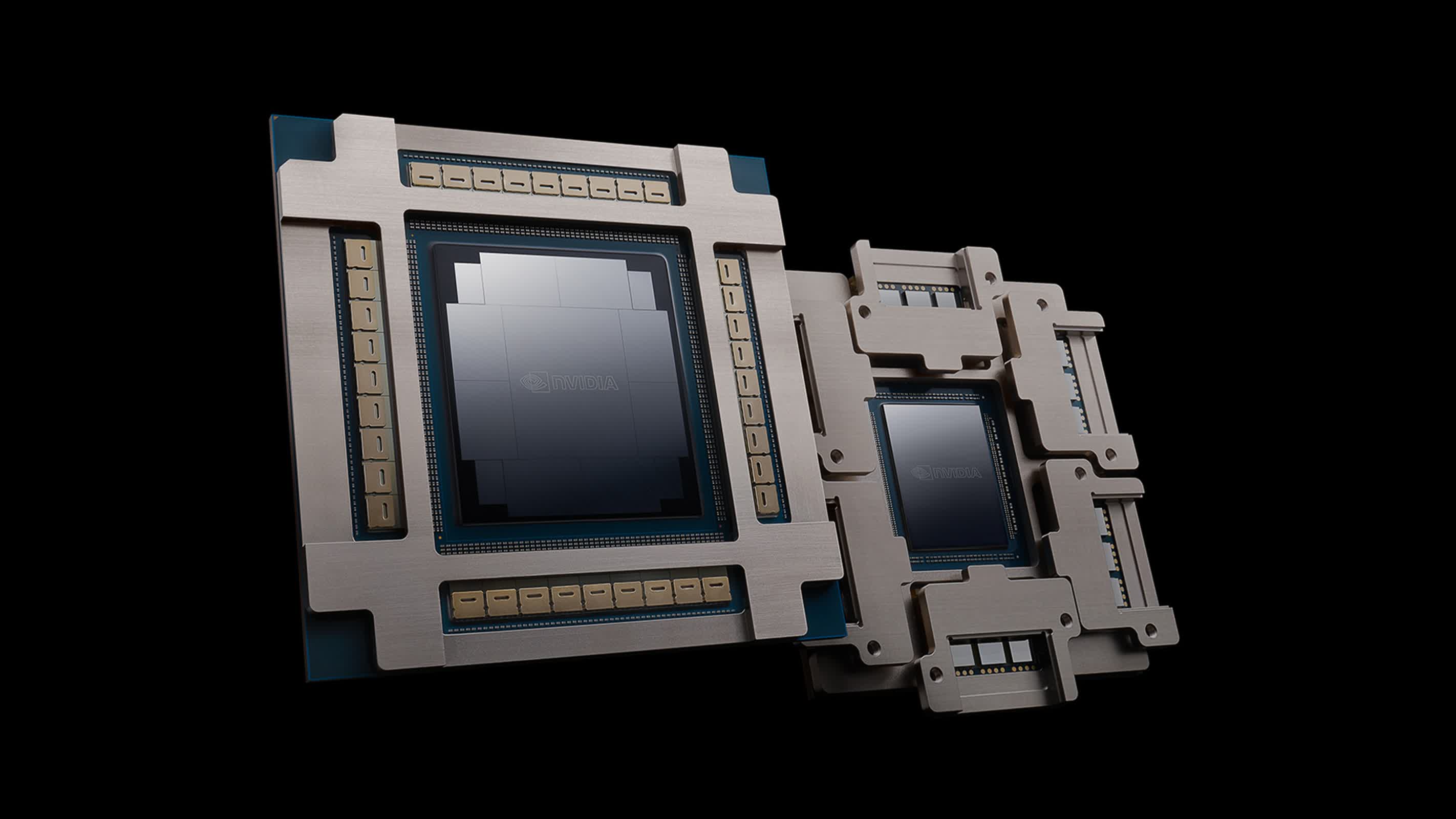
Nvidia embraces optical tech – but not for GPUs (yet)
- 24.03.2025 12:21
- techspot.com
- Keywords: AI
Nvidia is developing optical technology for specialized networking chips, which will be three and a half times more energy-efficient than their predecessors. While co-packaged optics offer superior speed and efficiency, reliability issues with current designs mean they aren't yet viable for high-performance GPUs, which still rely on traditional copper connections.